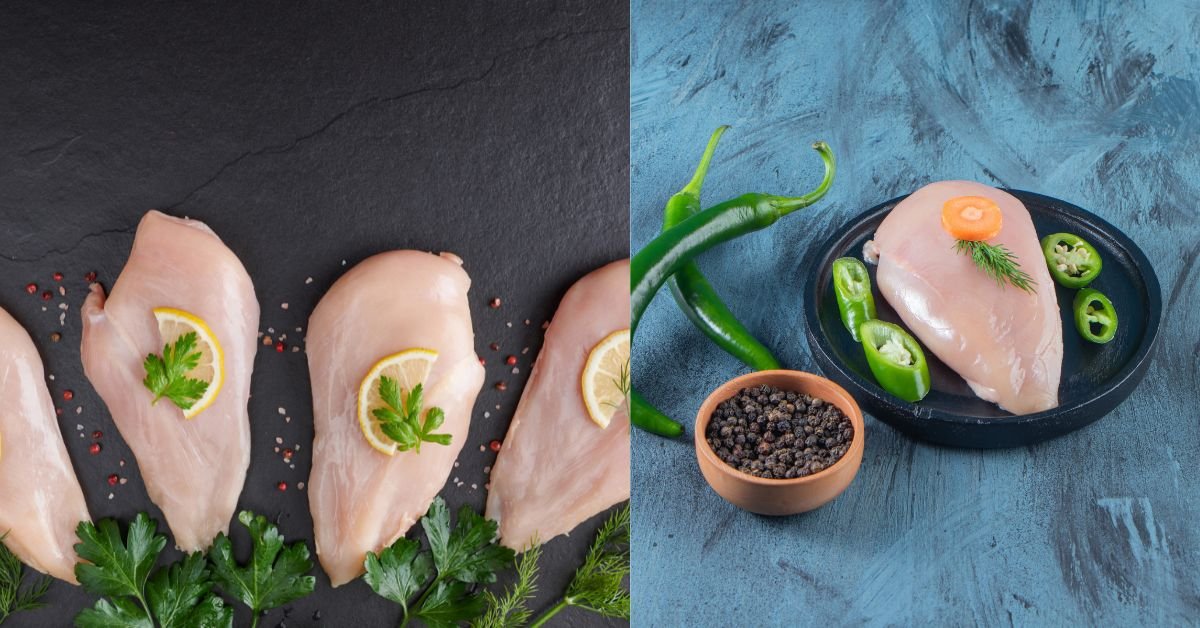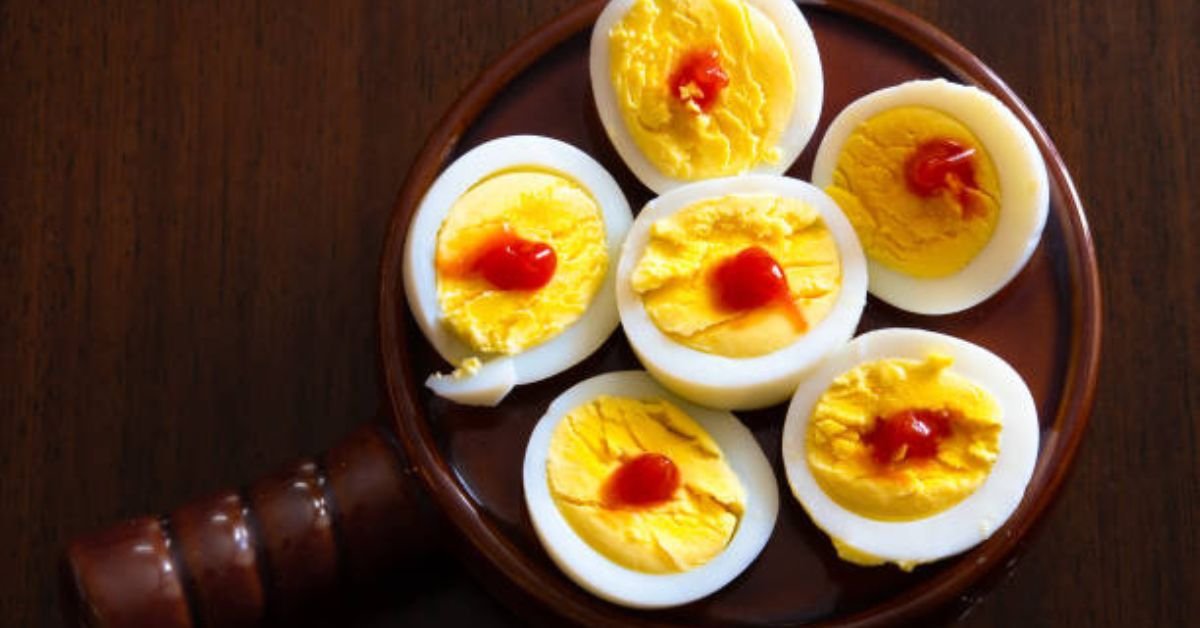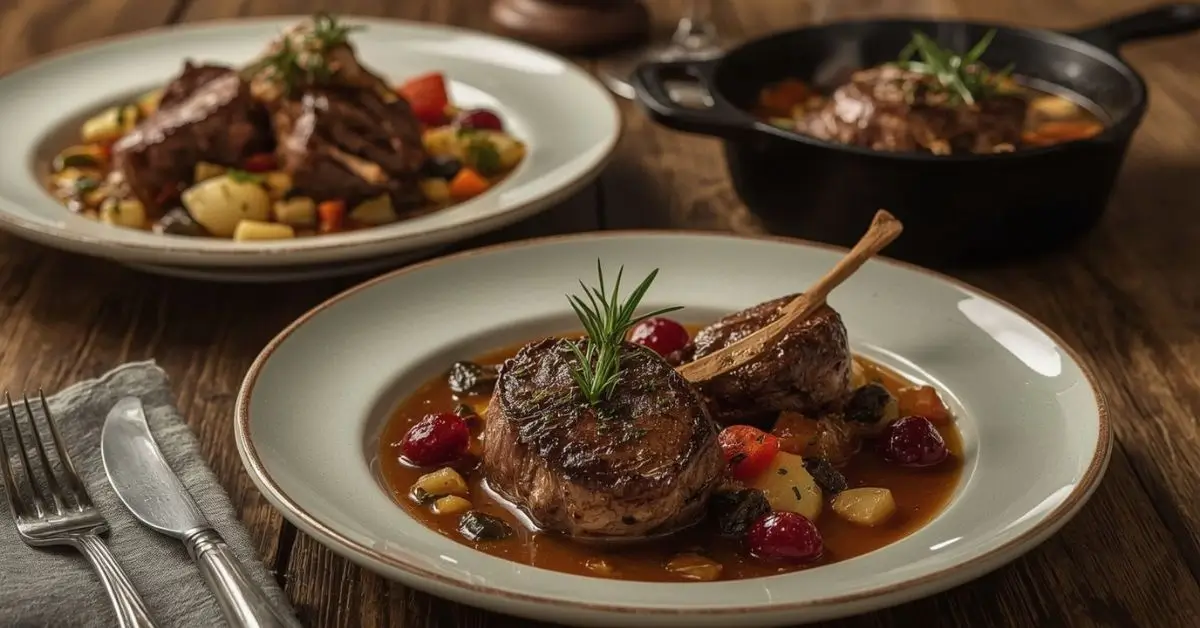FOOD
Power-Packed Protein: 494 Grams of Chicken Breast

Power-Packed Protein chicken breast is often considered the go-to choice for high-protein meals, how to incorporate it into a balanced diet, and the specific nutritional value packed into a 494-gram serving of chicken breast. We will also look at the role of protein in muscle repair, weight management, and overall health.
Nutritional Breakdown: What’s in 494 Grams of Chicken Breast?
Before diving into the broader health benefits, let’s first break down the nutritional content of 494 grams of chicken breast. A skinless, boneless chicken breast typically weighs around 165 grams. So, 494 grams would be roughly three chicken breasts, depending on their size.

Calories and Macronutrients
A 494-gram portion of chicken breast provides around 825 calories (if cooked) and approximately:
- Protein: 108 grams
- Fat: 9 grams
- Carbohydrates: 0 grams
Chicken breast is known for being low in fat and high in protein, which is why it’s often favored by those looking to increase muscle mass or maintain a lean physique. With 108 grams of protein, 494 grams of chicken breast provides an ample amount of the nutrient that plays a critical role in muscle synthesis and repair.
Micronutrients
In addition to being an excellent source of protein, chicken breast also contains various vitamins and minerals, including:
- Vitamin B6: Important for brain health and metabolism.
- Niacin (Vitamin B3): Helps with energy production and promotes healthy skin.
- Phosphorus: Supports bone health and energy production.
- Selenium: An antioxidant that helps reduce inflammation.
These micronutrients make chicken breast not just a source of macronutrients but a nutritious option for overall well-being.
The Role of Protein in Muscle Repair and Growth
Protein is a macronutrient that plays an integral role in nearly every cellular function in the body. For those focused on muscle building or recovery, 108 grams of protein from chicken breast can significantly aid in muscle repair and growth.
When you engage in intense physical activity, your muscle fibers undergo small tears. The body repairs these fibers by synthesizing new proteins, a process known as muscle protein synthesis. The amino acids derived from protein-rich foods like chicken breast are the building blocks required for this process.
Studies suggest that consuming an adequate amount of protein, particularly post-workout, helps reduce muscle breakdown, accelerates recovery, and promotes lean muscle growth. If you’re trying to bulk up or even maintain your muscle mass, eating a sufficient amount of chicken breast can go a long way.
Chicken Breast and Weight Management
If you’re looking to lose or maintain weight, 494 grams of chicken breast can be an excellent food choice. The high protein content helps with satiety, meaning you’re likely to feel fuller for longer. This can help prevent overeating or unnecessary snacking, making it easier to manage your calorie intake throughout the day.
Additionally, protein plays a significant role in thermogenesis, which is the process by which your body burns calories to digest food. A higher protein intake can boost your metabolism, leading to more calories burned throughout the day, even when you’re not physically active.
Given that chicken breast is low in fat and carbohydrates, it can be a versatile addition to virtually any meal, whether you’re preparing a lean chicken salad, grilled chicken breast with vegetables, or a chicken stir-fry.
How to Cook Chicken Breast for Maximum Health Benefits
The method by which you prepare your chicken breast matters, especially if you’re trying to optimize its nutritional value. Here are a few healthy cooking techniques:
- Grilling: Grilling chicken breast helps retain most of its nutrients while allowing any excess fat to drip away.
- Baking: Baking is another great method for preserving the protein and nutrients in the chicken, especially when baked with minimal oil or seasoning.
- Poaching: Poaching chicken breast in water or broth results in a tender, moist texture while retaining its low-fat profile.
- Sautéing: If you’re in a time crunch, sautéing chicken breast in a small amount of olive oil or coconut oil can still be a healthy option.
Avoid frying chicken breast in large amounts of oil or butter, as this can add unnecessary fat and calories to your meal.
Variations of Chicken Breast to Enhance Flavor
Eating the same thing every day can get monotonous, but there are numerous ways to add flavor and variety to your chicken breast without compromising its health benefits.
- Herbs and Spices: Add herbs like rosemary, thyme, or oregano, and spices such as paprika, garlic powder, or cumin for a burst of flavor.
- Marinades: Marinating chicken breast in lemon juice, olive oil, garlic, and herbs can make it more flavorful and tender.
- Grilled Vegetables: Pairing chicken with vegetables like broccoli, bell peppers, or zucchini adds fiber and micronutrients to your meal.
By experimenting with different cooking methods and flavors, you can enjoy chicken breast without getting bored of the same recipe every time.

Frequently Asked Questions (FAQs)
How much protein is in 494 grams of chicken breast?
494-gram portion of skinless, boneless chicken breast provides approximately 108 grams of protein.
Is chicken breast a good source of lean protein?
Yes, chicken breast is an excellent source of lean protein, with very little fat. It’s often recommended for people looking to build muscle or manage their weight.
Can I lose weight by eating chicken breast?
Yes, chicken breast can aid in weight loss because it’s high in protein, which helps with satiety, and low in calories and fat. Pairing chicken breast with a healthy diet and exercise plan can help promote weight loss.
How should I cook chicken breast to maintain its nutritional value?
Grilling, baking, poaching, and sautéing are all great methods for cooking chicken breast while preserving its nutritional benefits. Avoid deep frying or using excessive amounts of oil.
How many calories are in 494 grams of chicken breast?
494-gram serving of cooked, skinless chicken breast contains approximately 825 calories, with the majority coming from protein.
Conclusion
Chicken breast is undoubtedly a powerhouse of nutrition, especially when it comes to providing high-quality protein for muscle repair, weight management, and overall health. A 494-gram serving offers a significant protein boost, along with essential vitamins and minerals. Whether you’re training for a fitness goal, looking to maintain a healthy weight, or just need a nutritious, lean source of protein, chicken breast is a versatile and beneficial food choice that can be easily incorporated into a variety of meals.
FOOD
Can Dogs Eat Broccoli? A Guide to Safe Snacking

Broccoli is a nutrient-rich vegetable that’s packed with vitamins, minerals, and antioxidants. While it’s a healthy snack for humans, its suitability for dogs is a different story. Broccoli contains a group of compounds called glucosinolates, which can be beneficial for humans but potentially toxic to dogs in large quantities.
Can Dogs Eat Broccoli Raw or Cooked?
So, can dogs eat broccoli raw or cooked? The answer is a bit complicated. While cooked broccoli is generally considered safer for dogs than raw broccoli, it’s still important to exercise caution. Raw broccoli contains more glucosinolates, which can cause gastrointestinal upset in dogs.
The Risks and Benefits of Feeding Broccoli to Dogs
As with any new food, it’s essential to weigh the pros and cons of feeding broccoli to your dog. On the one hand, broccoli is a nutrient-rich snack that can provide health benefits. On the other hand, it can cause adverse reactions in some dogs.

Potential Health Risks
Some dogs may experience adverse reactions to broccoli, including:
- Gastrointestinal upset
- Allergic reactions
- Interference with thyroid function
“I was surprised to learn that broccoli can be toxic to dogs. I always thought it was a healthy snack, but now I’m more cautious about what I feed my furry friend.”
How to Safely Feed Broccoli to Your Dog
If you still want to share broccoli with your dog, here are some tips to follow:
- Start with small amounts to test your dog’s tolerance
- Cook broccoli to reduce glucosinolate content
- Avoid adding seasonings or oils that can be toxic to dogs
FAQs
Q: Is broccoli toxic to dogs?
A: Broccoli contains glucosinolates, which can be toxic to dogs in large quantities.
Q: Can dogs eat broccoli florets?
A: Yes, dogs can eat broccoli florets, but it’s essential to introduce them slowly and in small amounts to prevent adverse reactions.
Q: Is steamed broccoli safe for dogs?
A: Steamed broccoli is generally considered safer for dogs than raw broccoli, as it contains fewer glucosinolates.
Q: Can broccoli cause digestive issues in dogs?
A: Yes, broccoli can cause gastrointestinal upset in some dogs, especially if consumed in large quantities.
Conclusion
Can dogs eat broccoli, it’s clear that this veggie is a bit of a double-edged sword. While it can be a healthy snack for humans, it’s essential to exercise caution when sharing it with your furry friend.
FOOD
Hard-Boiled Eggs: How Long Can You Store Them?

Hard-boiled eggs can be a convenient and healthy snack, but they require proper storage to maintain their quality and safety. When stored in the refrigerator, hard-boiled eggs can last for several days. However, it’s essential to follow proper storage guidelines to prevent bacterial growth and foodborne illness.
The Importance of Refrigeration
Refrigeration is crucial in maintaining the quality and safety of hard-boiled eggs. When stored in the refrigerator, hard-boiled eggs should be kept at a consistent temperature below 40°F (4°C). This will help to slow down bacterial growth and keep the eggs fresh for a longer period.
Factors Affecting the Shelf Life of Hard-Boiled Eggs
Several factors can affect the shelf life of hard-boiled eggs, including:
- Storage conditions: Hard-boiled eggs should be stored in a covered container in the refrigerator to prevent moisture and other contaminants from affecting the eggs.
- Handling: Hard-boiled eggs should be handled carefully to prevent cracking or breaking, which can lead to bacterial contamination.
- Age: The age of the eggs before boiling can also impact their shelf life. Fresh eggs will generally last longer than older eggs.
“I always make a batch of hard-boiled eggs on Sunday evening and keep them in the fridge for quick snacks throughout the week. They’re perfect for grabbing on the go!”

Tips for Extending the Shelf Life of Hard-Boiled Eggs
To extend the shelf life of hard-boiled eggs, consider the following tips:
- Store them in a covered container in the refrigerator.
- Keep them away from strong-smelling foods, as eggs can absorb odors easily.
- Use them within a week for optimal quality and safety.
FAQs
Q: How long are hard-boiled eggs good for in the fridge?
A: Hard-boiled eggs can be stored in the fridge for up to 7-10 days. However, it’s essential to check them regularly for signs of spoilage, such as an off smell or slimy texture.
Q: Can I store hard-boiled eggs at room temperature?
A: No, it’s not recommended to store hard-boiled eggs at room temperature. Bacteria can grow rapidly on perishable foods like eggs when they’re not refrigerated.
Q: How can I tell if a hard-boiled egg has gone bad?
A: Check for signs of spoilage, such as an off smell, slimy texture, or visible mold. If in doubt, it’s best to err on the side of caution and discard the egg.
Q: Can I freeze hard-boiled eggs?
A: Yes, you can freeze hard-boiled eggs, but the texture may change. It’s best to freeze them without the shell and use them in recipes where texture isn’t a concern.
Conclusion
Hard-boiled eggs, it’s clear that proper storage and handling are crucial in maintaining their quality and safety. By following the tips and guidelines outlined in this article, you can enjoy your hard-boiled eggs for a longer period while minimizing the risk of foodborne illness.
FOOD
Best Venison Meals You Can Make at Home

Best Venison meals is one of the most underrated meats. High in protein, low in fat, and filled with micronutrients like zinc and iron, it’s often called the “athlete’s red meat.” In fact, nutritionists now highlight high-protein venison meals as excellent options for muscle recovery and sustained energy.
Unlike factory-farmed beef, venison is often sourced sustainably—either through hunting or specialty farms. That gives it a unique position in the modern food world: delicious, ethical, and healthy.
Venison Dinner Recipes for Every Occasion
Whether you’re preparing a holiday feast or just a Tuesday dinner, venison dinner recipes can be surprisingly versatile. Here are a few standouts:
- Classic Venison Chili: Perfect for chilly evenings, rich in beans, tomatoes, and a slow-cooked game flavor that fills the house.
- Venison Shepherd’s Pie: A twist on comfort food, using venison instead of lamb or beef.
- Pan-Seared Venison Steaks: Quick, elegant, and flavorful when paired with garlic butter.
One home cook shared on social media: “I never thought my kids would prefer deer chili over beef, but now it’s all they ask for.” That’s the power of the right recipe.
Wild Game Meals That Impress
Venison is a staple in many cultures’ wild game meals. In Scandinavia, it’s roasted with root vegetables. In the U.S., hunters prepare venison stews in cast-iron pots over open flames. And in modern kitchens, chefs blend traditional cooking with innovative twists—think venison carpaccio or sous-vide venison tenderloin.
What makes venison stand out? Its earthy, rich taste that pairs beautifully with herbs like rosemary, juniper, and thyme. These natural seasonings balance the meat’s boldness while enhancing depth.
Healthy Venison Dishes
If you’re on a wellness journey, healthy venison dishes might be exactly what you need. Since venison has less fat than beef, it works well for calorie-conscious eaters. Pair it with roasted vegetables, whole grains, or even plant-based sides.
Examples of healthy venison meals:
- Grilled venison medallions with quinoa salad
- Venison lettuce wraps with garlic-lime sauce
- Venison and sweet potato skillet
Not only are these meals nutritious, but they also feel gourmet without being heavy.
Easy Venison Recipes for Beginners
Cooking deer meat doesn’t need to be intimidating. In fact, there are plenty of easy venison recipes that even beginners can master:
- Venison Burgers: Season with salt, pepper, and a touch of Worcestershire sauce.
- Venison Tacos: Quick sauté with onion, chili powder, and cumin.
- Stir-Fried Venison: Thin slices tossed with veggies in soy-ginger sauce.
Tip: Don’t overcook! Venison dries out faster than beef, so medium-rare is often the sweet spot.
Venison Slow Cooker Meals
One of the best tricks for tender, juicy meat is using a slow cooker. Venison slow cooker meals are perfect for busy households.
- Slow-Cooked Venison Stew: With potatoes, carrots, and thick broth.
- Shredded Venison BBQ: A healthier twist on pulled pork sandwiches.
- Venison Curry: Rich spices blend with gamey flavors for a warm, comforting dish.
The low-and-slow method allows connective tissues to break down, leaving the meat fork-tender.
The Best Ways to Cook Venison
So, what are the best ways to cook venison? That depends on the cut:
- Backstrap / Tenderloin → Best grilled, pan-seared, or sous-vide.
- Shoulder / Neck → Excellent for braising or slow cooking.
- Ground Venison → Perfect for burgers, tacos, and chili.
General rule: cook hot and fast for tender cuts, or low and slow for tougher ones.
Venison Comfort Food Classics
There’s something special about venison comfort food. It brings nostalgia and warmth to the table:
- Venison meatloaf with mashed potatoes
- Venison pot roast
- Venison stroganoff with creamy mushroom sauce
Comfort food with venison combines the familiarity of home-style cooking with the excitement of wild game flavors.
Venison Steak Recipes
If you love steak, then venison steak recipes will be your go-to. The key is simplicity:
- Pan-seared with butter and garlic
- Grilled with rosemary and cracked pepper
- Marinated in red wine for 24 hours, then grilled medium-rare
Because venison is lean, it benefits from quick, high-heat cooking to lock in juices.
Deer Meat Recipes Beyond the Basics
Not all deer meat recipes are about steaks and stews. Here are some creative twists:
- Venison jerky for snacks
- Venison breakfast sausage
- Venison lasagna with ricotta and herbs
These dishes show how versatile deer meat can be—from quick bites to full family dinners.
High-Protein Venison Meals
Fitness enthusiasts are turning to high-protein venison meals to fuel workouts and recovery. With nearly 25 grams of protein per serving and less fat than beef, venison is a powerhouse.
Great options include:
- Venison stir-fry with broccoli and cashews
- Venison egg scramble for breakfast
- Venison chili with extra beans for post-workout fuel
Athletes often say that venison leaves them energized without feeling heavy.
Pro Tips for Cooking Venison
- Marinate wisely: Acidic marinades (like red wine or balsamic vinegar) tenderize the meat and reduce gamey flavors.
- Don’t overcook: Medium-rare to medium keeps venison juicy.
- Pair with bold flavors: Mushrooms, garlic, and juniper berries balance venison beautifully.
- Rest the meat: Like beef, resting helps redistribute juices.
FAQ’s
What are the best venison meals for beginners?
Easy venison recipes like burgers, tacos, and stir-fry are beginner-friendly. They use ground meat, which cooks quickly and has mild flavor.
How do you make venison taste less gamey?
Marinate with red wine, garlic, or citrus. Pairing venison with bold flavors also helps balance the gamey taste.
Can venison be cooked in a slow cooker?
Yes, tougher cuts like shoulder or shank are perfect for venison slow cooker meals. They become tender and flavorful after long cooking times.
Is venison healthier than beef?
Yes, venison is leaner, lower in cholesterol, and higher in protein. That makes it ideal for those seeking healthy venison dishes.
Final Thoughts
The best venison meals blend tradition, nutrition, and flavor. From venison steak recipes to comfort food classics, venison proves it’s more than just wild game—it’s a versatile, delicious, and healthy option for any table. Whether you’re cooking a quick weeknight dinner, a hearty chili, or a gourmet feast, venison has a place in your kitchen.
-

 TECH6 months ago
TECH6 months agoApple iPhone 17: Official 2025 Release Date Revealed
-

 BLOG6 months ago
BLOG6 months agoUnderstanding the ∴ Symbol in Math
-

 EDUCATION6 months ago
EDUCATION6 months agoHorizontal Translation: How to Shift Graphs
-

 EDUCATION6 months ago
EDUCATION6 months agoUsing the Quadratic Formula
-

 EDUCATION6 months ago
EDUCATION6 months agoThe Meaning of an Open Circle in Math Explained
-

 HEALTH6 months ago
HEALTH6 months agoGoodNever: Wellness, Simplified
-

 EDUCATION6 months ago
EDUCATION6 months agoWhy Does m Represent Slope?
-

 EDUCATION6 months ago
EDUCATION6 months agoHow to Solve Quadratic Equations 2
